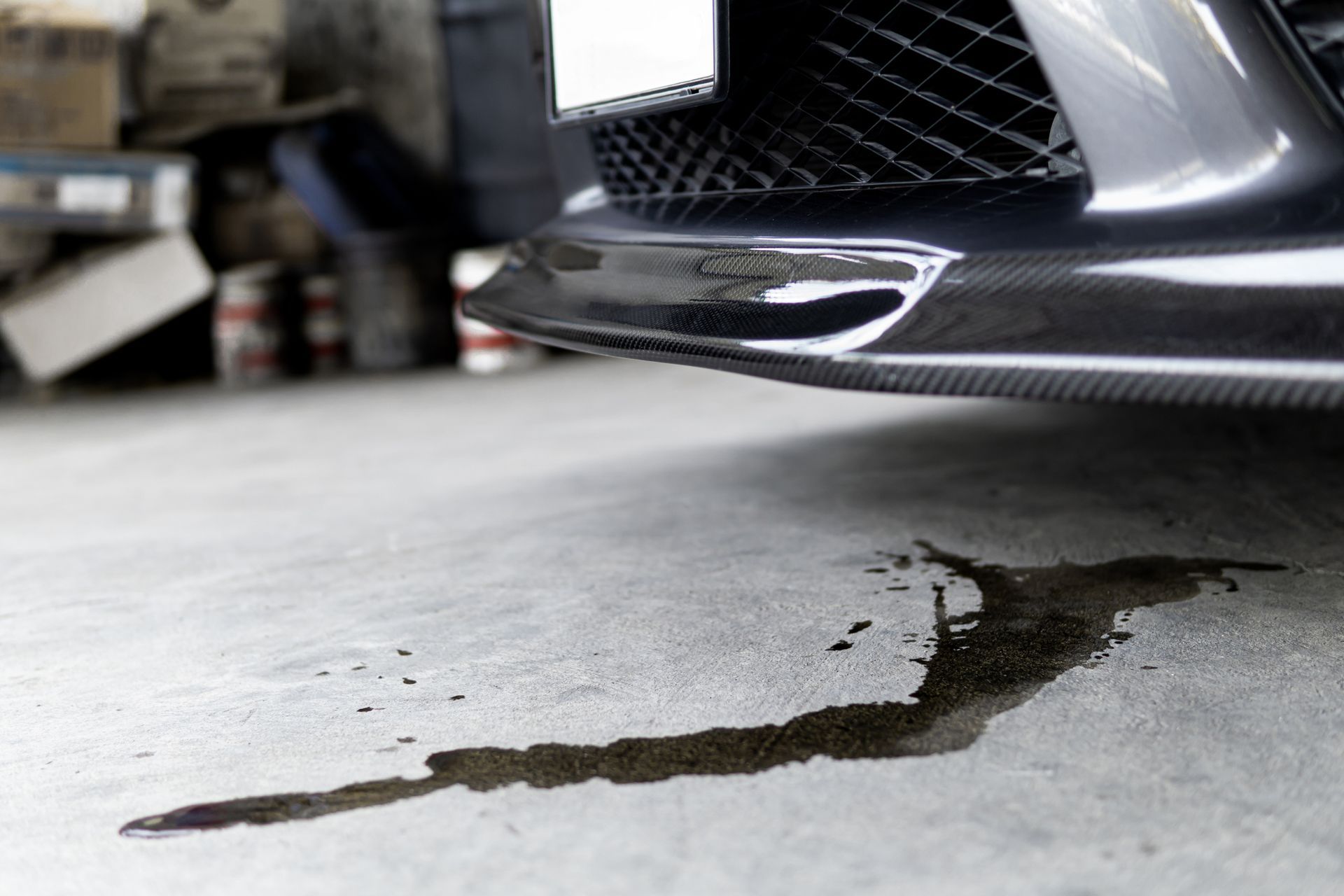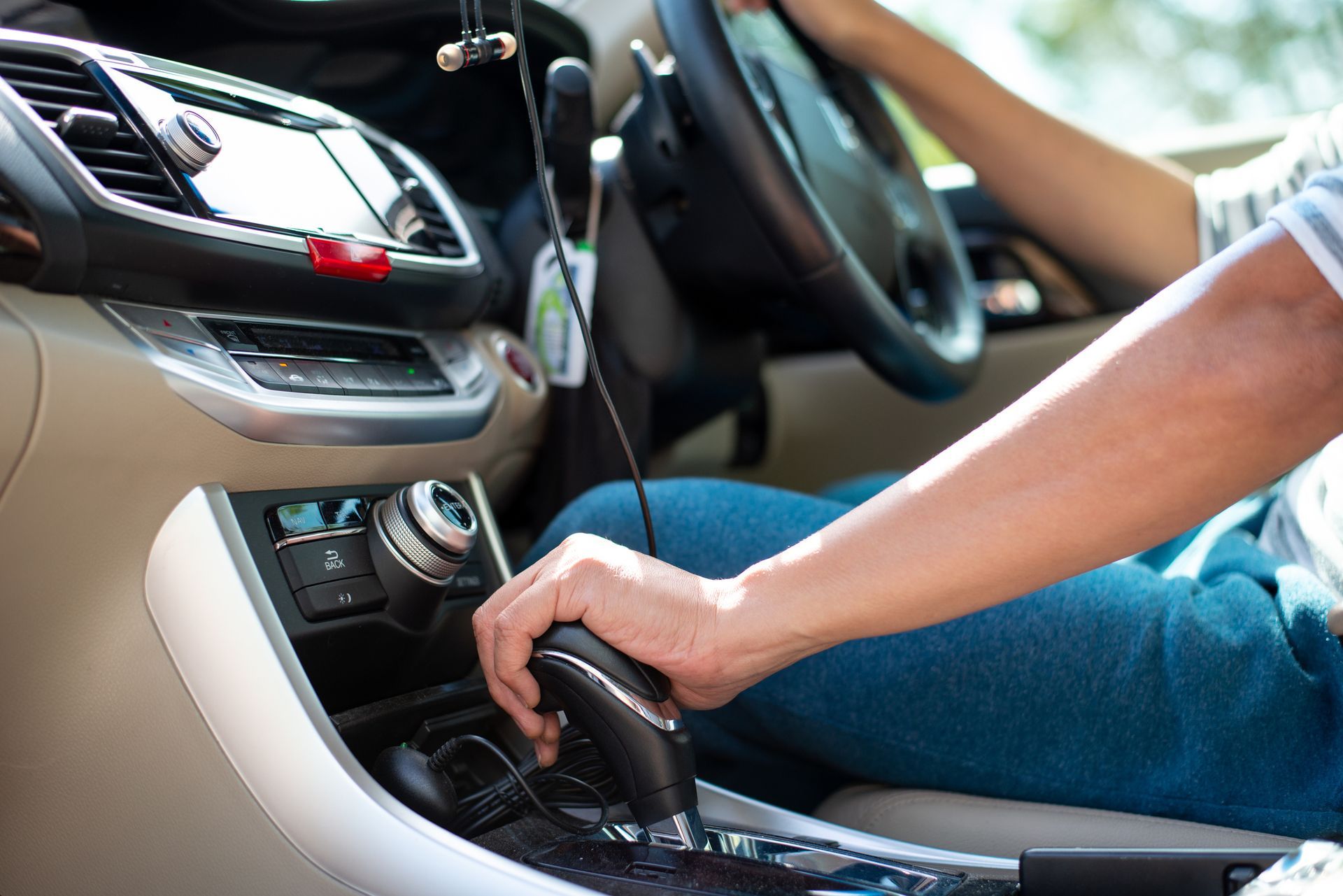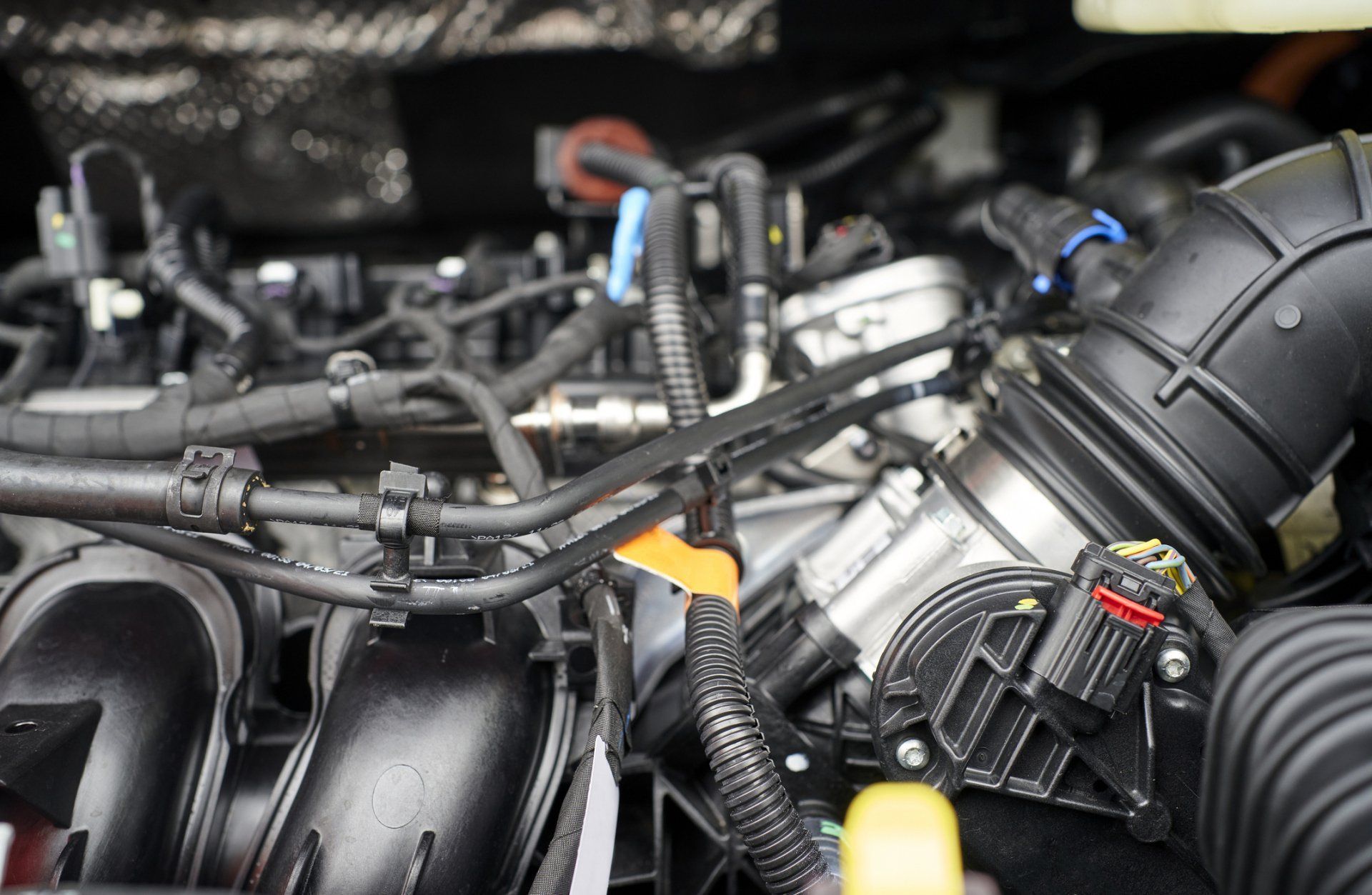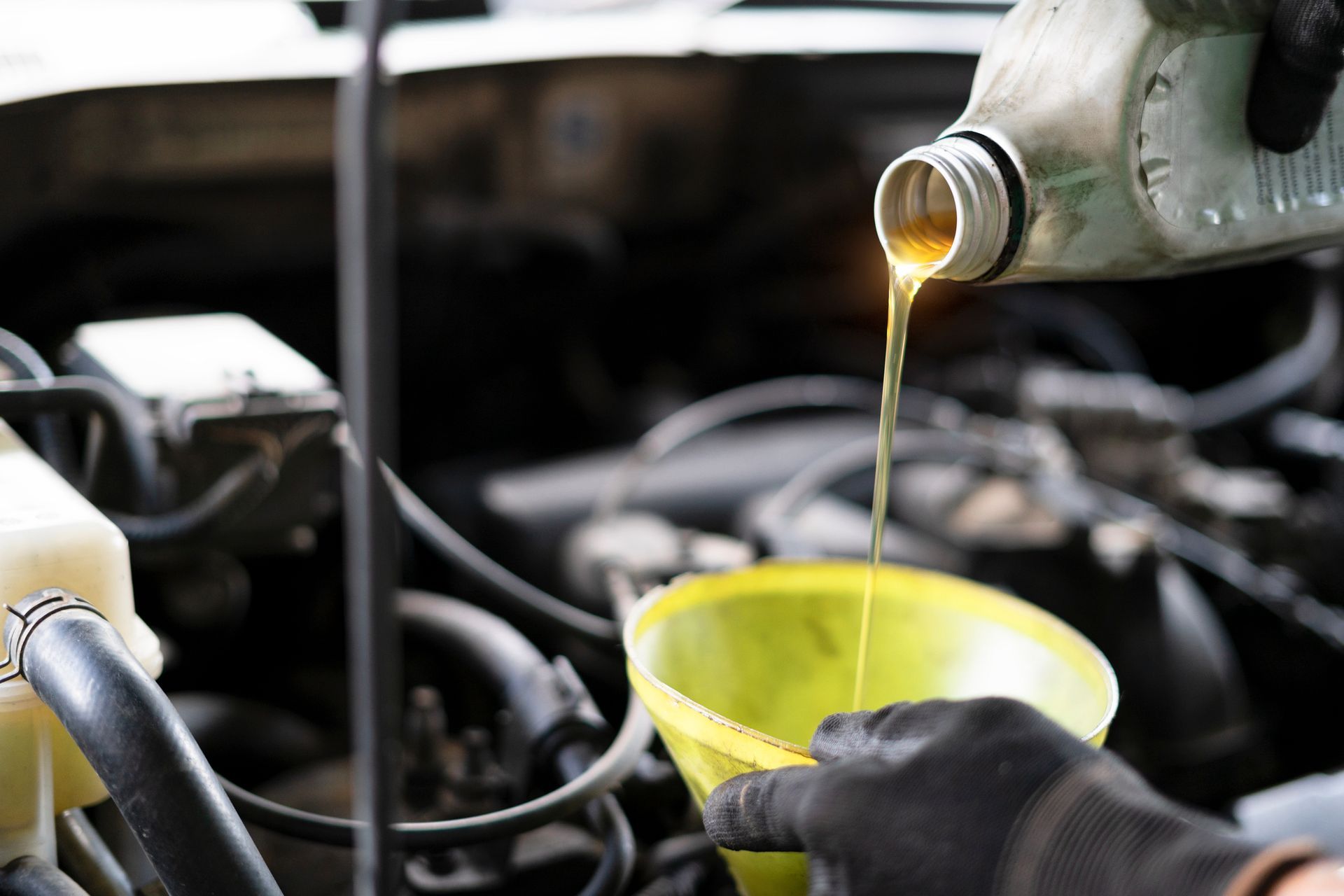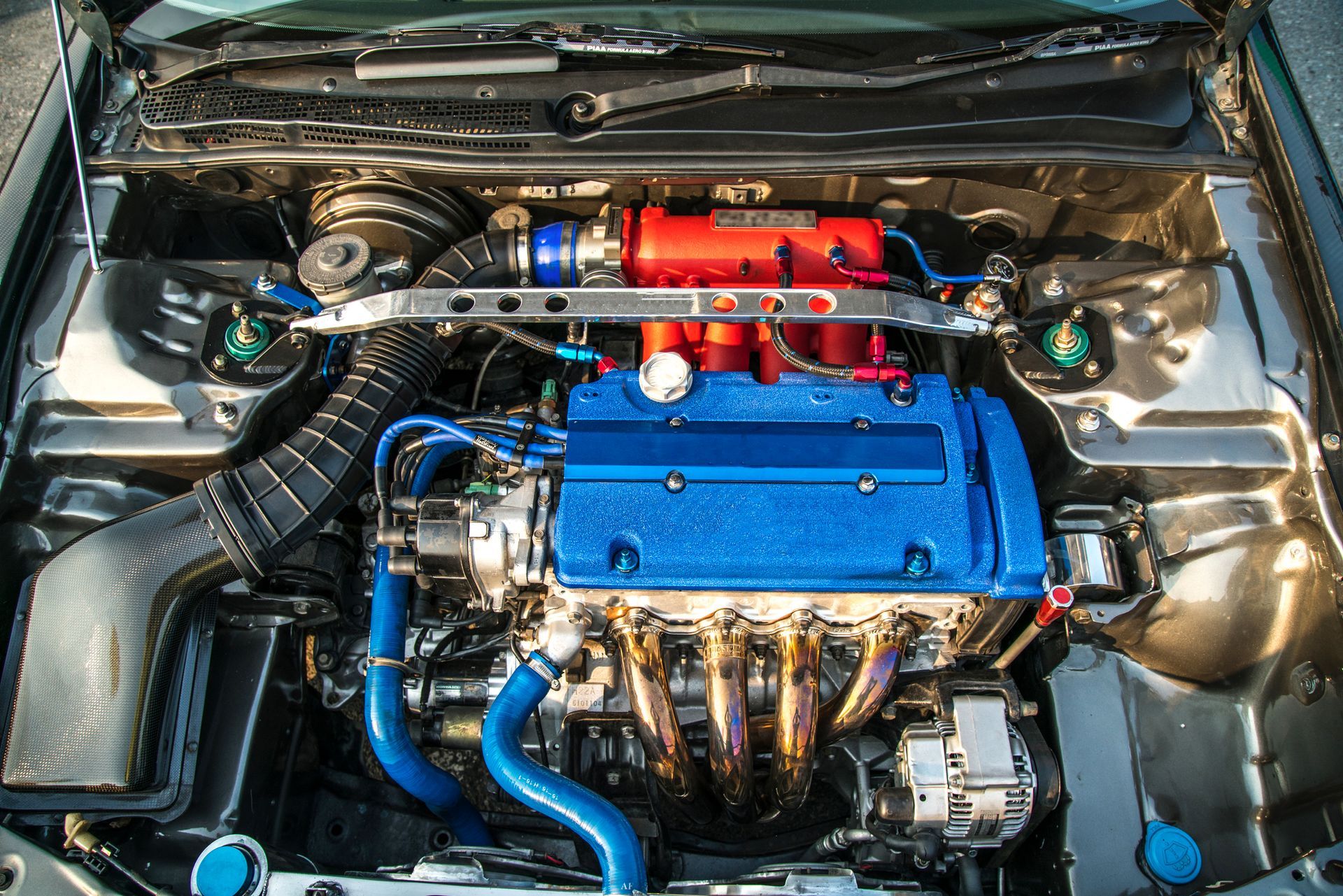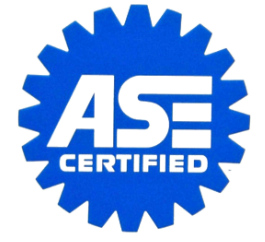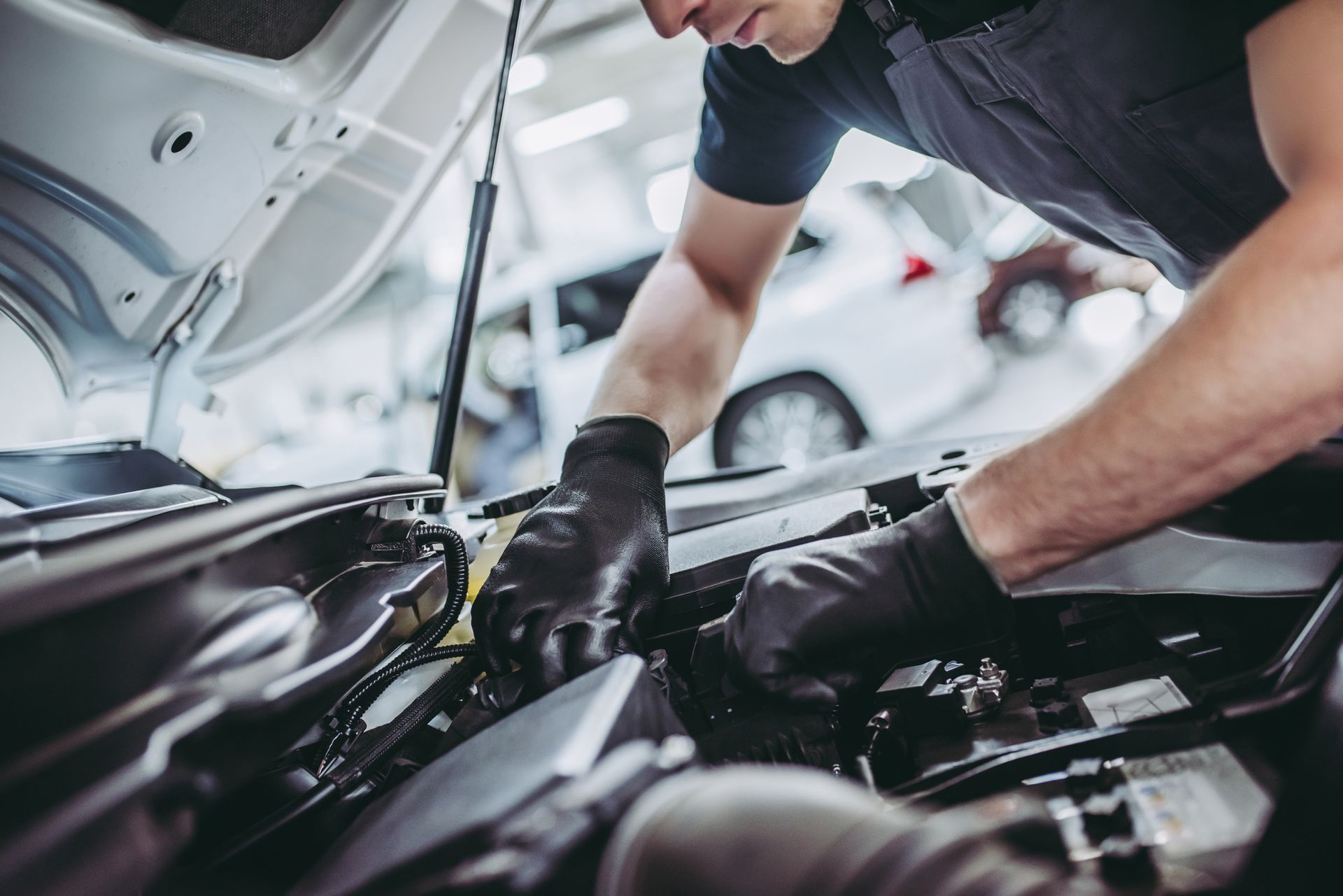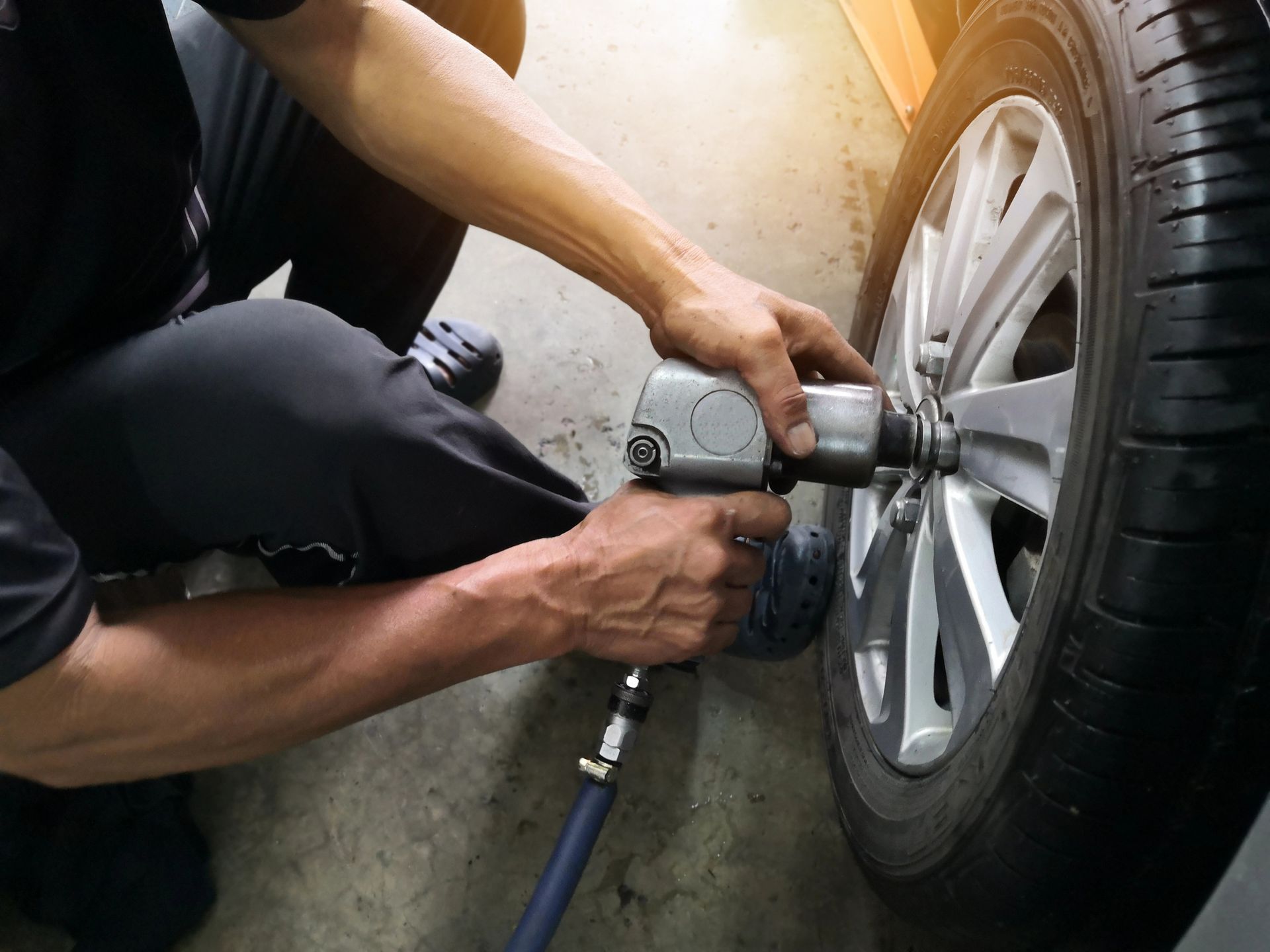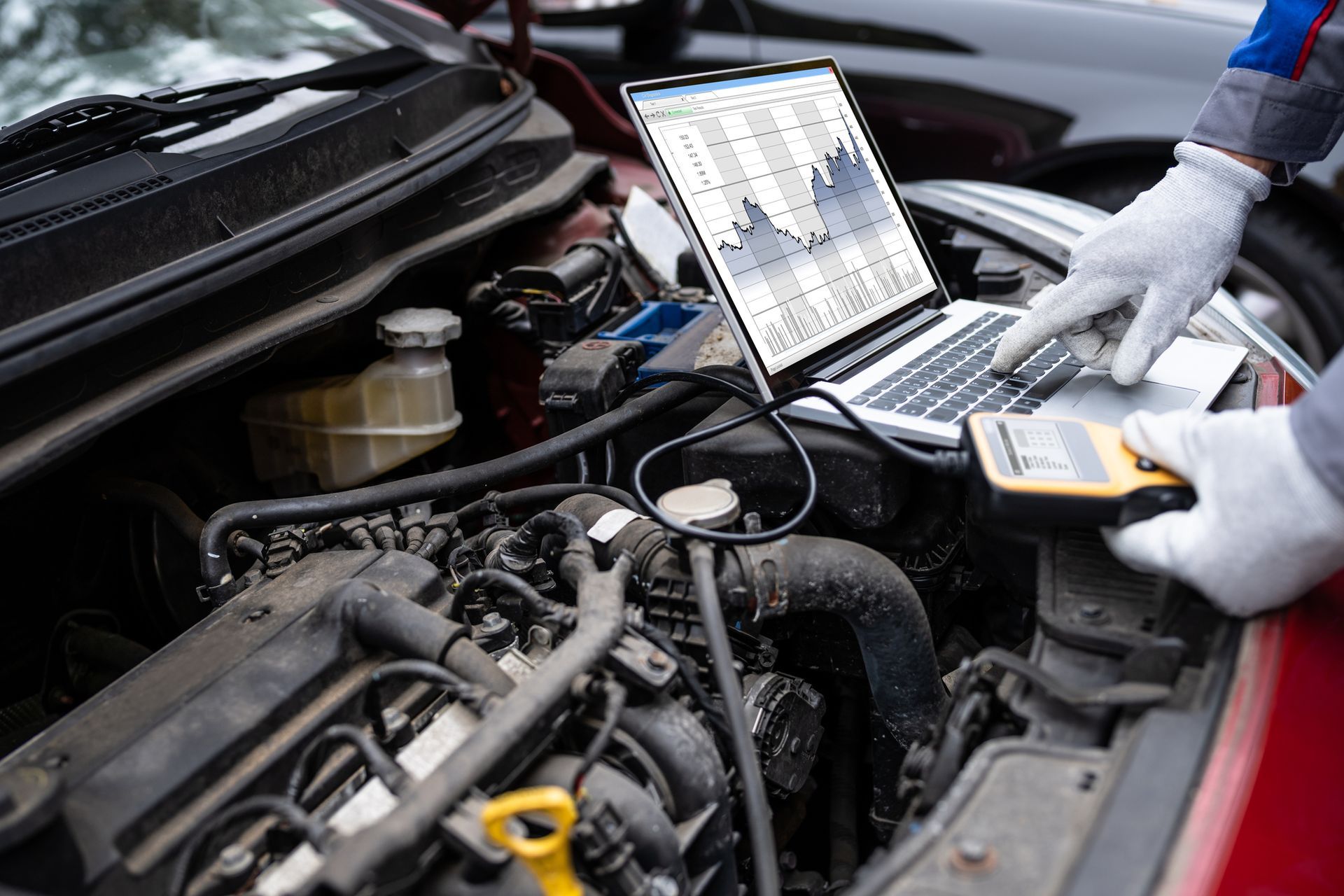5 Signs Your Suspension Needs Repair
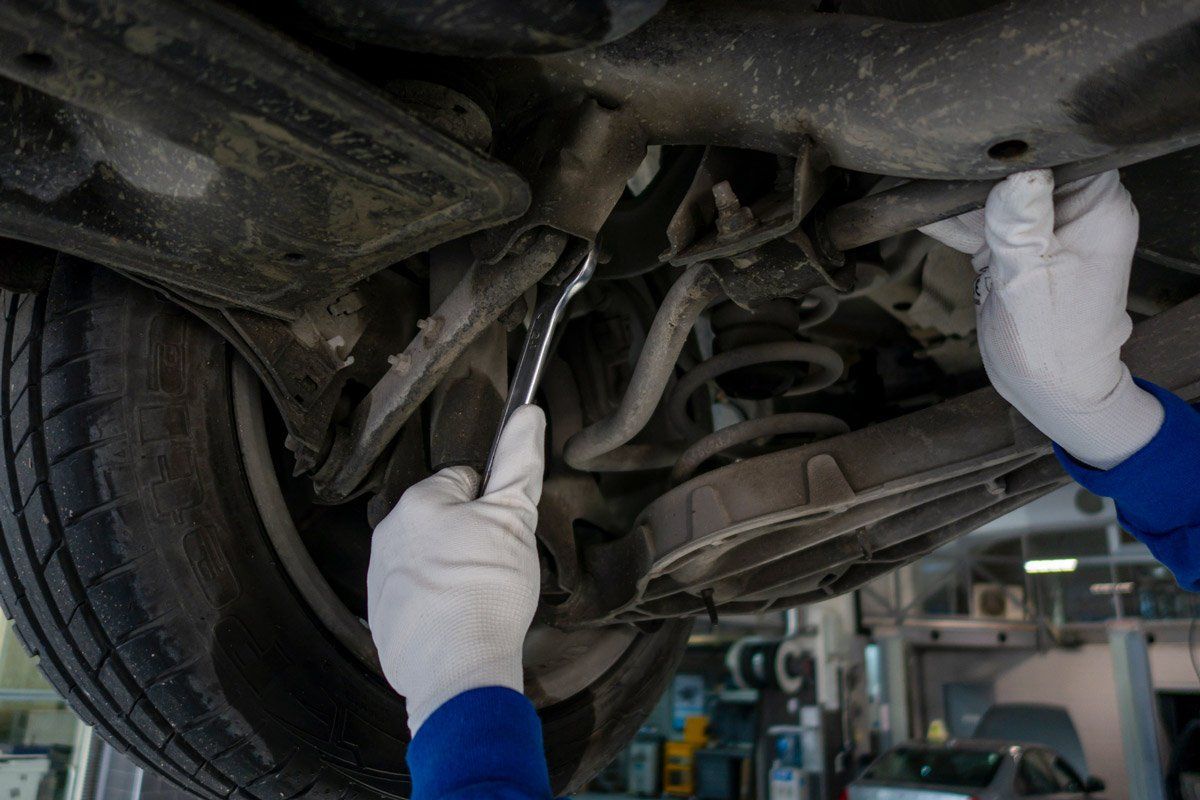
A car's suspension is as important as the engine, steering, and brakes. All these components work together to ensure that your vehicle provides a comfortable ride for you and your passengers.
A vehicle's suspension system consists of tires, tire air, springs, struts, shock absorbers, arms, bars, linkages, joints, and bushings. Neglecting your car suspension's health can affect your safety on the road.
Most car owners are not sure when to take their vehicle in for a suspension inspection. Here are some common signs that indicate your suspension needs repair.
1. Bumpy Rides
The smoothness of your travels along the road depends on how your suspension system handles bumps and potholes. Suspension issues can lead to a bumpy ride and, in extreme cases, cause parts of your car to warp or break.
If your car bounces around on its suspension, you may have a problem with the shock absorber or struts. Shock absorbers are rubber dampers attached to the vehicle's frame. The shock absorbers control the up-and-down movement of the tires caused by uneven terrain.
2. Difficulty When Steering
Your car's suspension connects the steering wheels to the chassis, allowing the wheels to move and maneuver over bumps and uneven roads.
The difficulty in steering could result from loose belts or low power steering fluid.
For your safety, stop by an auto care shop as quickly as possible to get your suspension checked whenever your vehicle has steering trouble.
3. Drifts During Turns
If you need to turn against the steering wheel to stay on the road when you turn, your suspension system is failing, and you need to drive with caution. Drifting could mean that your vehicle’s shocks are not enough to keep it safe against its own centrifugal force.
Drifting could result from a broken tie rod, spring, or control arm. Uneven tire pressure could also be to blame.
Drifting is not an issue you can ignore or postpone dealing with. Eventually, the problem becomes more noticeable and may lead to more issues. A drifting vehicle is potentially dangerous for you, other motorists, and pedestrians.
4. Oil on Shocks
Your vehicle fluids are integral to its suspension system and proper functioning.
Noticing oil on your shocks or struts does not outright mean you need replacement or repair. The constant action of the pistons against the hydraulic fluid inside the suspension causes seepage out of the shocks and struts. Seepage is acceptable because it results from the residual fluid on the rod pulled past the oil seal on every stroke.
On the other hand, oil leaks that drip to the ground needs a quick repair. Such leaks indicate that the seal has wear or a crack and is a danger to your entire suspension system.
Experts recommend performing a visual inspection of the suspension system regularly. If you notice that your shocks look oily or greasy, the suspension may have a leak.
5. Uneven Tire Wear
Irregular tire wear could point to damaged suspension alignments. The suspension alignments hold the weight of your vehicle evenly, and when they go bad, the wheels become unbalanced.
Uneven wear on tires may not be enough to diagnose a faulty suspension. However, you should inspect your tires and suspension when you notice shimmying while driving.
Your car suspension is a complicated group of components that work together to support your car's weight, absorb shocks, and protect your tires. Like all other vehicle parts, the suspension system needs regular inspection and maintenance. If you notice any of the above symptoms before car failure occurs, consult a repair expert.
For suspension and general auto repairs, please feel free to
contact us at Letcher Bros. Auto Repair.

